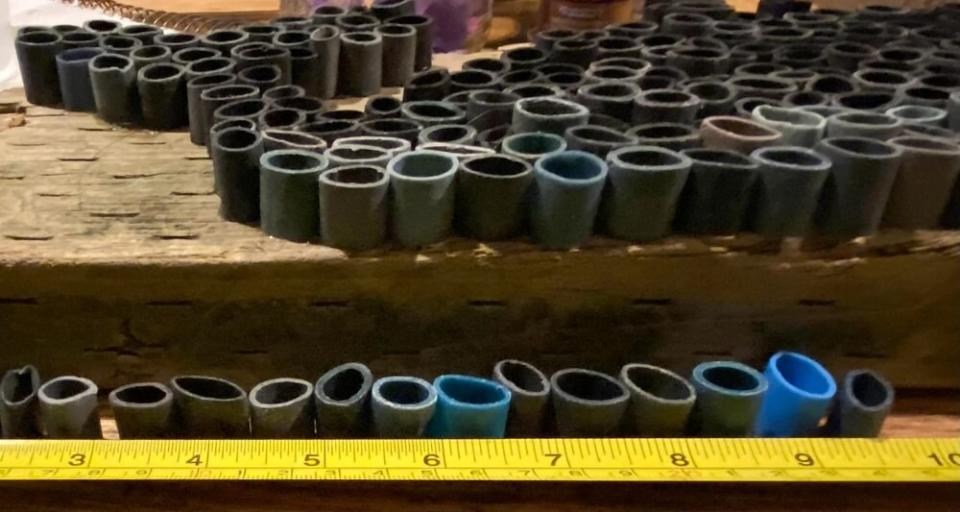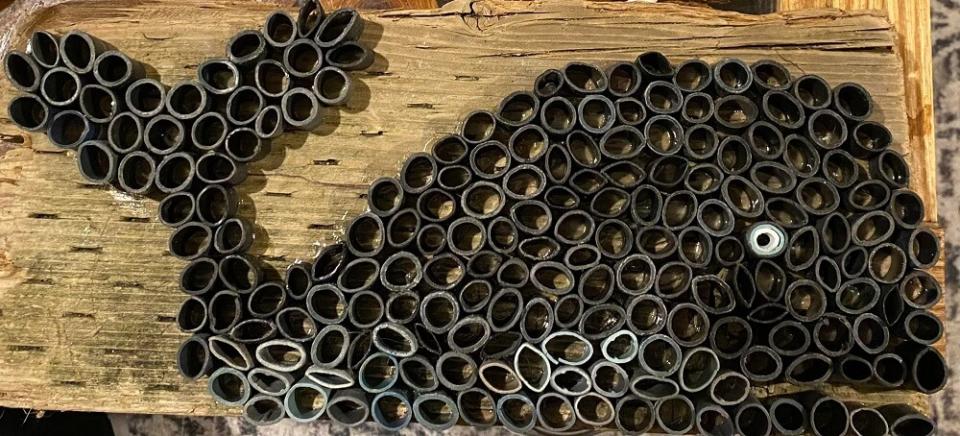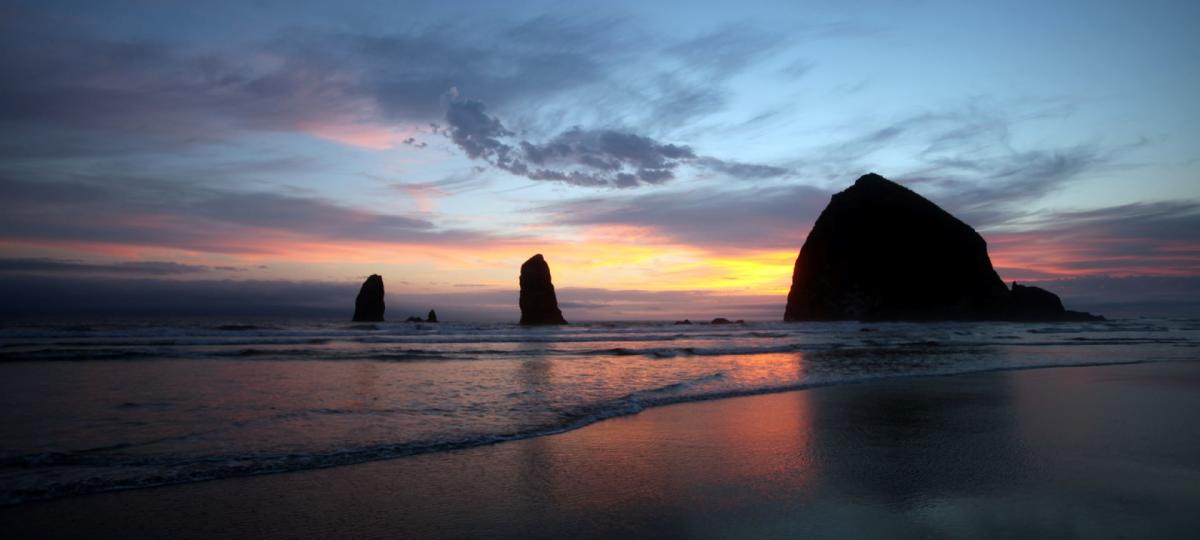A Redditor recently stumped the internet with a post about plastic pollution, asking users to help identify mysterious objects that washed ashore on the West Coast.
“What were they originally?” the poster wrote. “These were all found on an Oregon beach. Wondering what they are used for and how we might prevent them from showing up on our beaches.”



Commenters quickly reached a consensus, saying they were elastic bands used to clamp closed lobster and crab claws. They were in the ballpark but struck out.
“SOLVED!” the poster later wrote. “They are cut offs from anti fouling plastics from shellfish farms. Usually longer than what’s shown but I also find 4-5″ ones. (I am still trying to find photos of them in use).”
Antifouling systems are used to prevent biofouling, or “the accumulation of microorganisms, plants, algae, or small animals on wet surfaces that have a mechanical function, causing structural or other functional deficiencies,” according to Sofar Ocean. One example of an antifouling measure is paint used to keep algae and mollusks off ships. Toxic varieties have long been banned.
Plastic antifouling materials or components are used across the aquaculture industry, a $289.6 billion global business in 2022, according to Vantage Market Research. Aquaculture is the breeding, raising, and harvesting of fish, shellfish, and plants in water and requires the use of ropes, cages, flotation devices, and other tools. When those items break down, shellfish and finfish can ingest microparticles, potentially harming their health, and that of those who consume them, according to Civil Eats.
Biofouling puts everything from the equipment to animals at risk, but there are sustainable products available so aquaculture outfits don’t have to rely on plastics.
That should only help keep Earth’s waters free of pollutants. The oceans are home to more than five trillion floating plastic particles, which have been found on beaches worldwide and polar ice caps, as the Los Angeles Times reported.
The harm these toxins cause to the environment and wildlife has been documented. A 2016 study of oysters, for example, showed that those exposed to plastic produced 41% fewer offspring that were more than 18% less developed than those in a clean environment, as the Times reported.
“I am wondering when the bivalves will decide to go on strike for better working conditions when you consider all the things we throw at them in our estuaries,” Oregon State University ocean ecologist and biogeochemist George Waldbusser told the newspaper. “They are essentially critical ecosystem engineers that do many positive things for humanity and our coastal waters, and yet we just continue to make it harder and harder for them to continue.”
Join our free newsletter for cool news and cool tips that make it easy to help yourself while helping the planet.

Tyler Fields is your internet guru, delving into the latest trends, developments, and issues shaping the online world. With a focus on internet culture, cybersecurity, and emerging technologies, Tyler keeps readers informed about the dynamic landscape of the internet and its impact on our digital lives.


